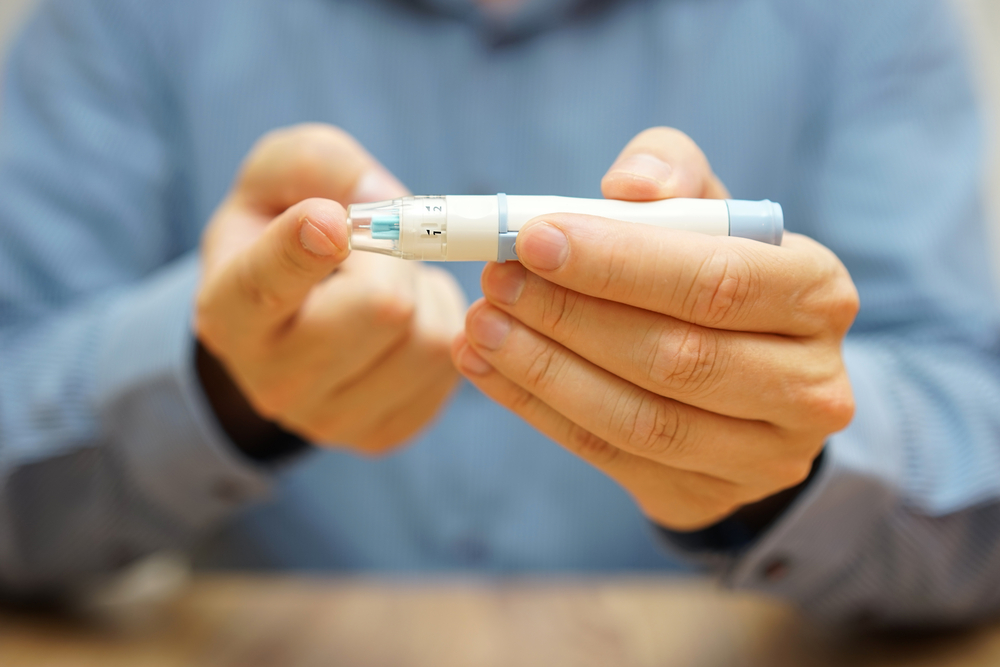
Most patients with diabetes end up with a glucometer for testing their blood sugar at home. However, I frequently find that many of the patients I see did not receive instructions on how or when to check their sugar, or what to do with the results when they have them. Of course, the answer to “how often” varies on how well the diabetes is controlled – if it is in a state of fluctuation or being poorly controlled, it should be checked 3-4 times a day. If it has been well-controlled, it should be still tested 2-3 times a week. Diabetes is a progressive condition, so the longer a patient has it, the more the pancreas loses function and a person with previously controlled diabetes can start having elevated sugars suddenly.
One of the main reasons a patient with diabetes should monitor their blood sugars at home is so they can personalize their treatment and see how their lifestyle choices affect their sugar. This will be different for every patient. One person may be able to sneak in a few extra carbs and be fine while another patient may have a serious blood sugar spike.
How should you monitor your sugars at home?
- Make sure your glucometer is calibrated. I have seen patients with falsely elevated readings because their machines were not calibrated. When you first get your device, it will come with instructions and the materials you need to do this. If you don’t know how, ask your pharmacist or doctor.
- Use a lancet device. It is much easier and less painful to prick your finger using one of them.
- Always use a new lancet. Using the same lancet multiple times can give you an infection. The more you use it, the blunter the tip becomes so it is also more difficult and painful to get a drop of blood.
- Use the side of the fingers rather than the tips. There are less nerve endings along the sides of the fingers and it is therefore less painful.
- Alternate fingers. If you use the same finger every time, they will start to form calluses and will be harder to prick in the future.
- Check fasting blood sugars. This should be done first thing in the morning. Elevated fasting blood sugars are very important to identify and pose different risks than “postprandial” (or after-eating) sugars. Additionally, an elevated fasting blood sugar can represent a rebound elevation after having an episode of hypoglycemia while sleeping. Sometimes, a high protein snack before bedtime can help. A fasting blood sugar should be in the range of 70-100.
- Check your sugar when you are not feeling well. It is good to recognize what symptoms are due to elevated sugar.
- The optimal time for checking postprandial blood sugars is two hours after the start of meals. Some studies show that blood sugar spikes after meals can be particularly damaging to blood vessels. Your blood sugar at these times should be under 140.
You are the one in the best position to take control of your diabetes. It is only when you know what unbalances it can you eliminate those obstacles. Having a care team to help is always a plus.
Head to DiabetesCoachLive to get free patient education presented in collaboration with Joslin Diabetes Center. Find video education about diabetes, blood sugar, and insulin options – available on demand today.
About the Author
Linda Girgis MD, FAAFP is a family physician practicing in South River, New Jersey and Clinical Assistant Professor at Rutgers Robert Wood Johnson Medical School. She was voted one of the top 5 healthcare bloggers in 2016. Follow her on twitter @DrLindaMD.

